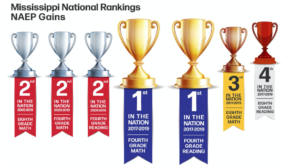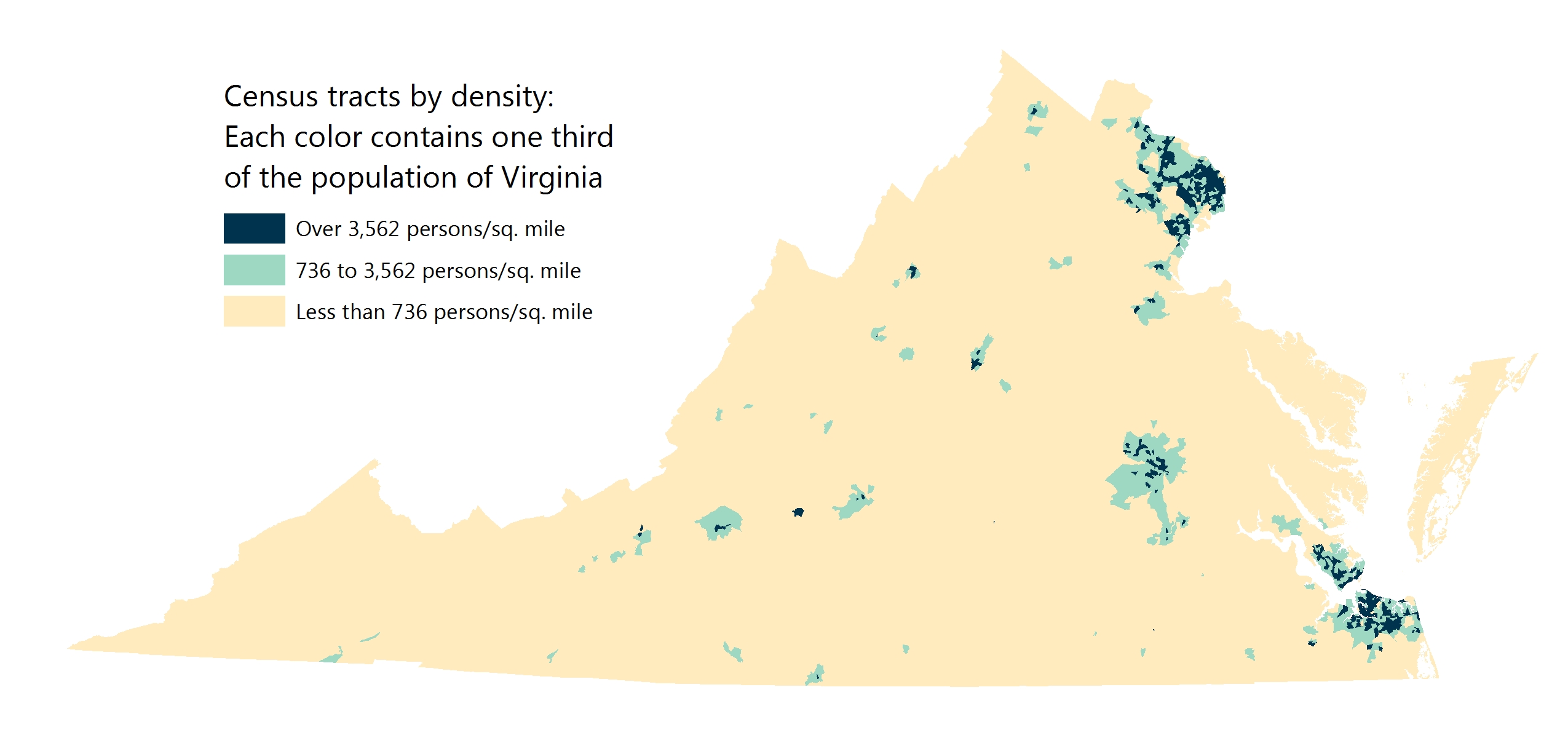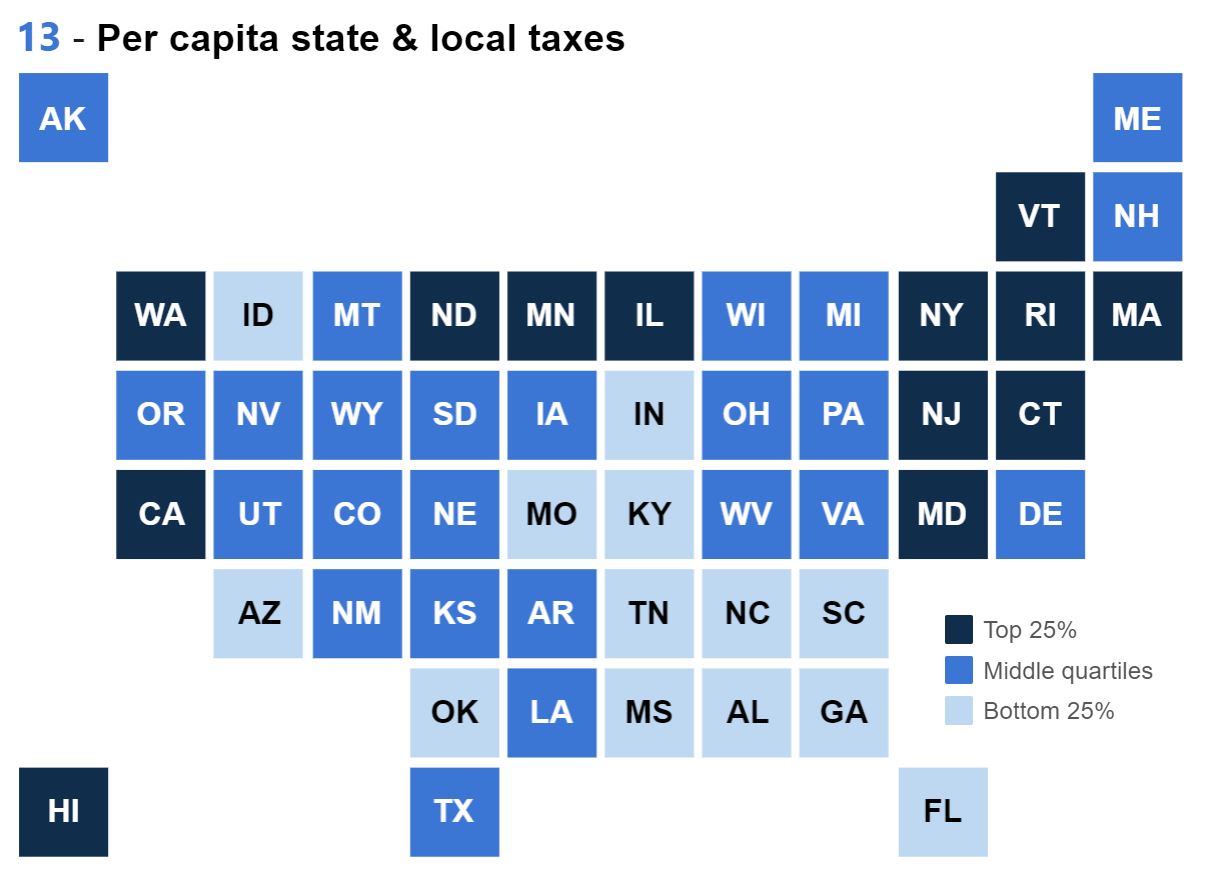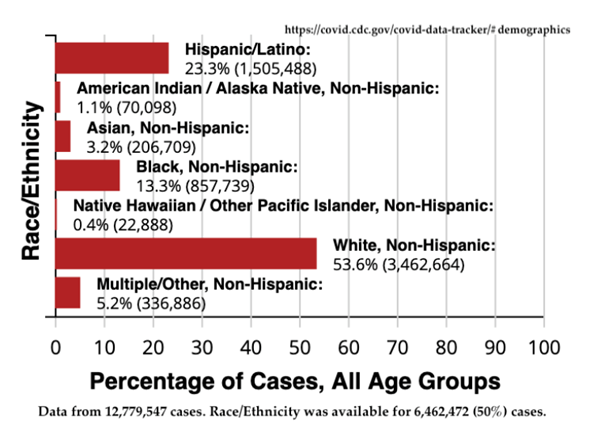

by James C. Sherlock
Many are fascinated with the nationally infamous Loudoun County School Board. Board members seem preoccupied with driving social change without pausing to look at data.
I have thought someone ought to check how the Loudoun students have been faring in SOLs to see if there are academic issues that need to be addressed.
State data show that in too many Loudoun high schools Black, Hispanic, immigrant and the poor students performed poorly in math SOLs. The data are presented relative to state average math SOL pass rates for those cohorts, which in many cases themselves are very disturbing in an absolute sense.
It is not a resource problem.
Loudoun is the nation’s richest county in median household income and neighboring Fairfax County is among the top few. Median household incomes in Loudoun were $142,299 and Fairfax $124,831. The state average median household income was about half Loudoun’s.
Again as before, 2018-19 remains the base year for assessments because that was the last year that SOLs were not interrupted by COVID and subsequently the last year for which the state has district and individual school evaluation data.
The Loudoun County School Board and its school superintendent need to investigate why students in all racial and social cohorts in profoundly poor Wise County in Southwestern Virginia crushed Loudoun students in high school math SOLs.
Maybe they will learn something. And then perhaps the students will.
You know, real school board work. Continue reading →

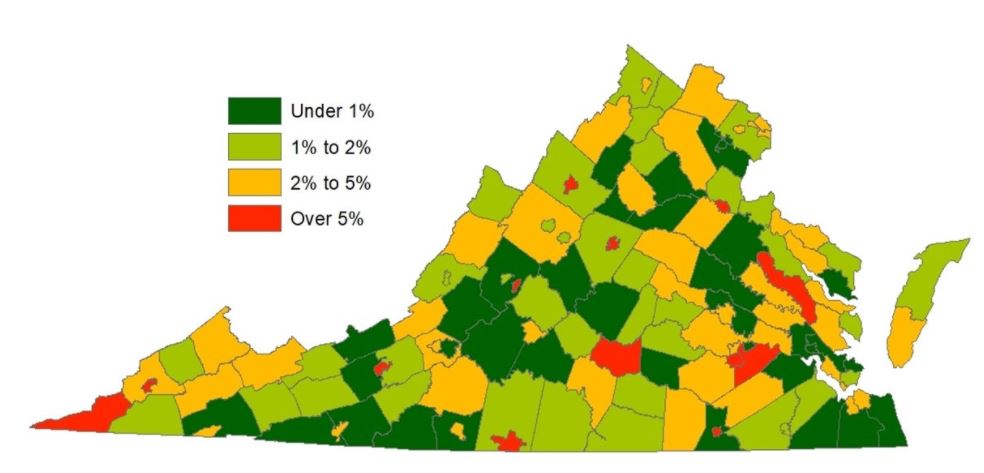
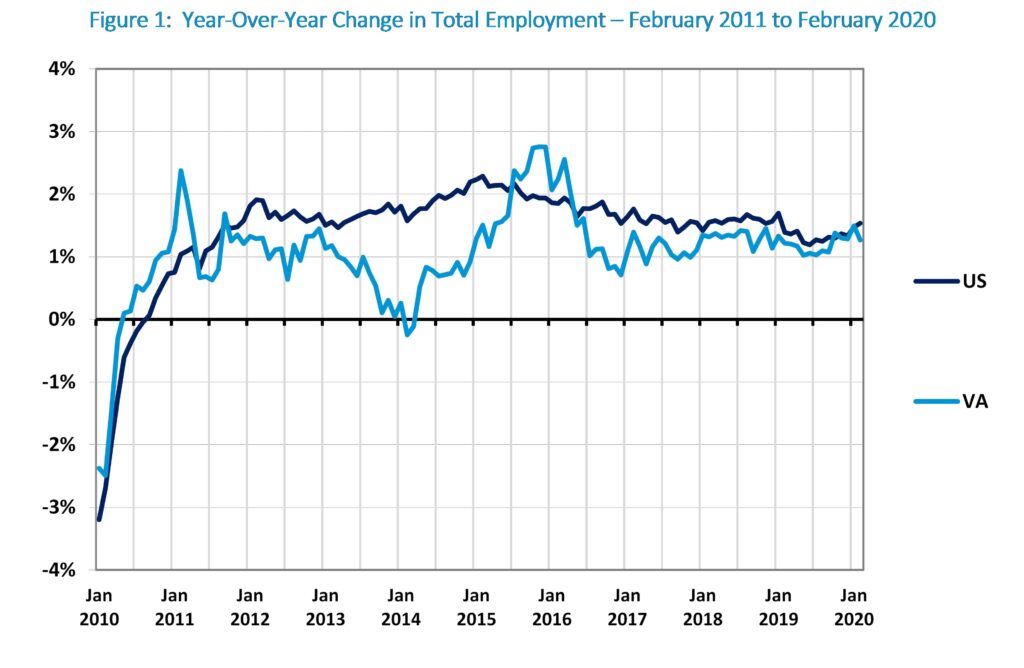

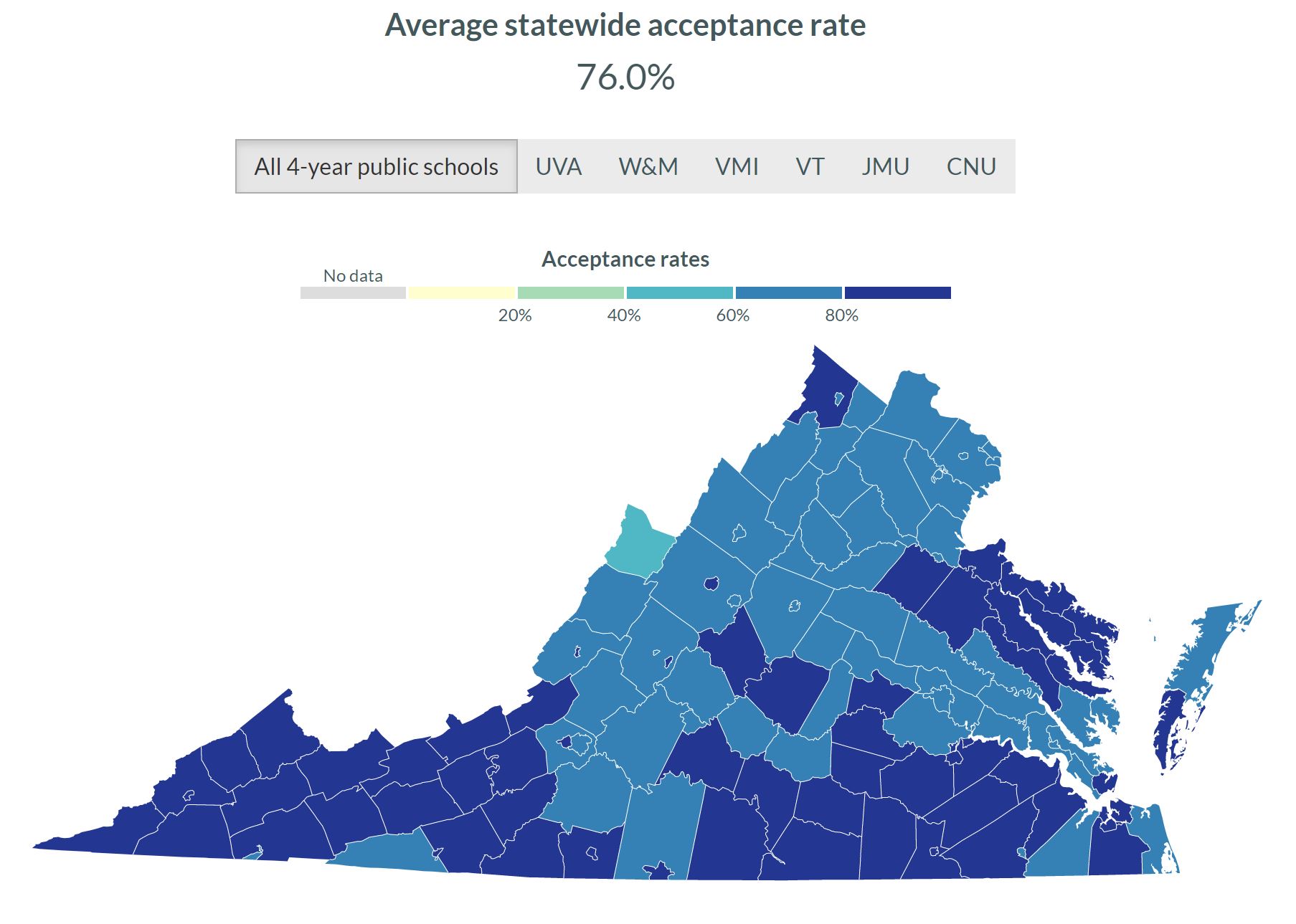
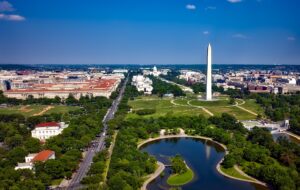 D.C. Statehood. There has been a long running chorus of cries for D.C. residents to have full representation in Congress. From “Taxation Without Representation” slogans on D.C. license plates to the
D.C. Statehood. There has been a long running chorus of cries for D.C. residents to have full representation in Congress. From “Taxation Without Representation” slogans on D.C. license plates to the 




